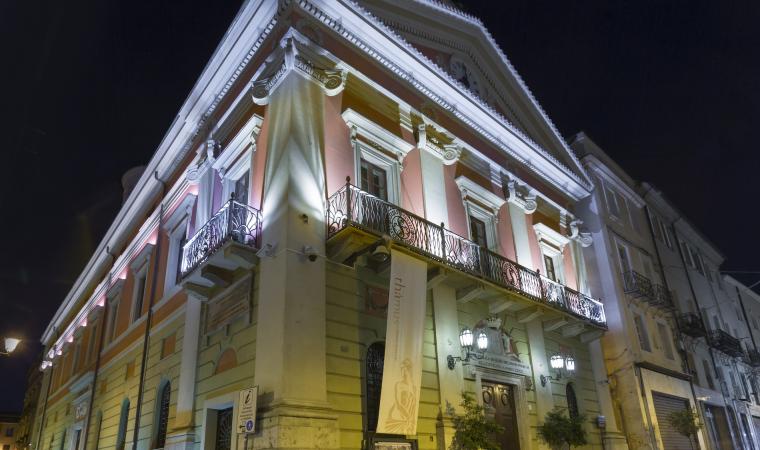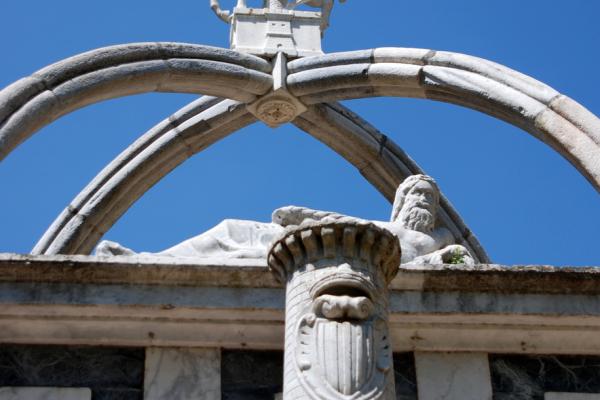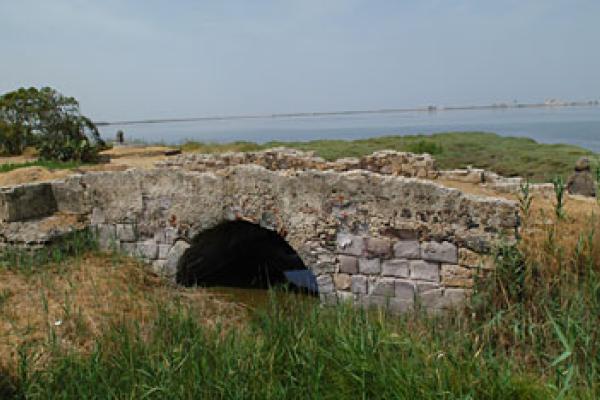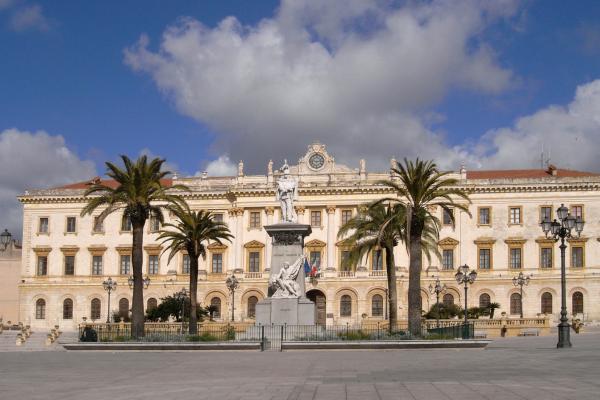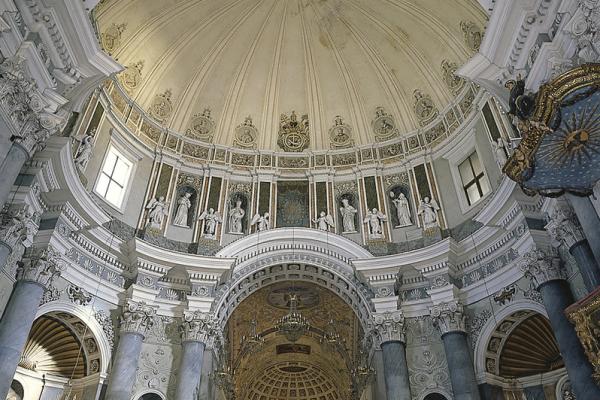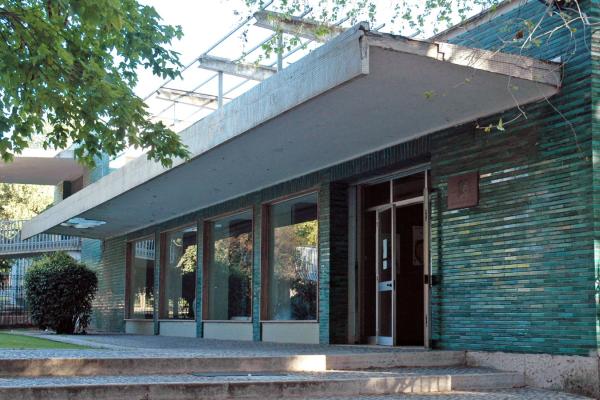This elegant neoclassical building bears witness to events that have taken place in Sassari. Until 1826, the Palazzo di Città stood where the Civic Theatre is now located, overlooking the Platha de Cothinas (Piazza del Comune) that is no longer there, once the centre of the walled town and the current avenue of Corso Vittorio Emanuele II, still today, as in the past, the heart of Sassari. The precarious conditions of the medieval building and urban renewal in the early nineteenth century launched by King Charles Felix led to the construction of a new municipal building in Neoclassical style, based on a design by architect Giuseppe Cominotti. As well as fulfilling institutional functions, it also became a theatre. This double function lasted for half a century: the town council was first transferred to Palazzo Manca di Usini (1879) and then, in the 20th century, to its current location in Palazzo Ducale (Ducal Palace). The theatre, designed with a horseshoe layout, based on the example of ‘Palazzo Carignano' in Turin and, in turn, becoming a model for the Civic Theatre of Alghero (1862), was radically renovated, starting in 1947, and was reopened twenty years later. New work followed, at the beginning of the 21st century. Today, it is the setting for concerts, art exhibitions and shows.

Historical building
In the centre of Sassari, administrative centre of northern Sardinia, stands a beautiful expression of Neoclassical architecture, once the headquarters of the town council and today a theatre and museum
In the centre of Sassari, administrative centre of northern Sardinia, stands a beautiful expression of Neoclassical architecture, once the headquarters of the town council and today a theatre and museum
Approfondimenti
See this place because...
It is a piece of Sassari's history, as well as an exquisite example of Neoclassical architecture, an institutional site for a long time and today a museum and a setting for shows
Pictures and videos
You may also like
More attractions in the vicinity
Nearby hotels and accommodations

SASSARI
0 km

SASSARI
0 km

Bed and breakfast
SASSARI
0 km

